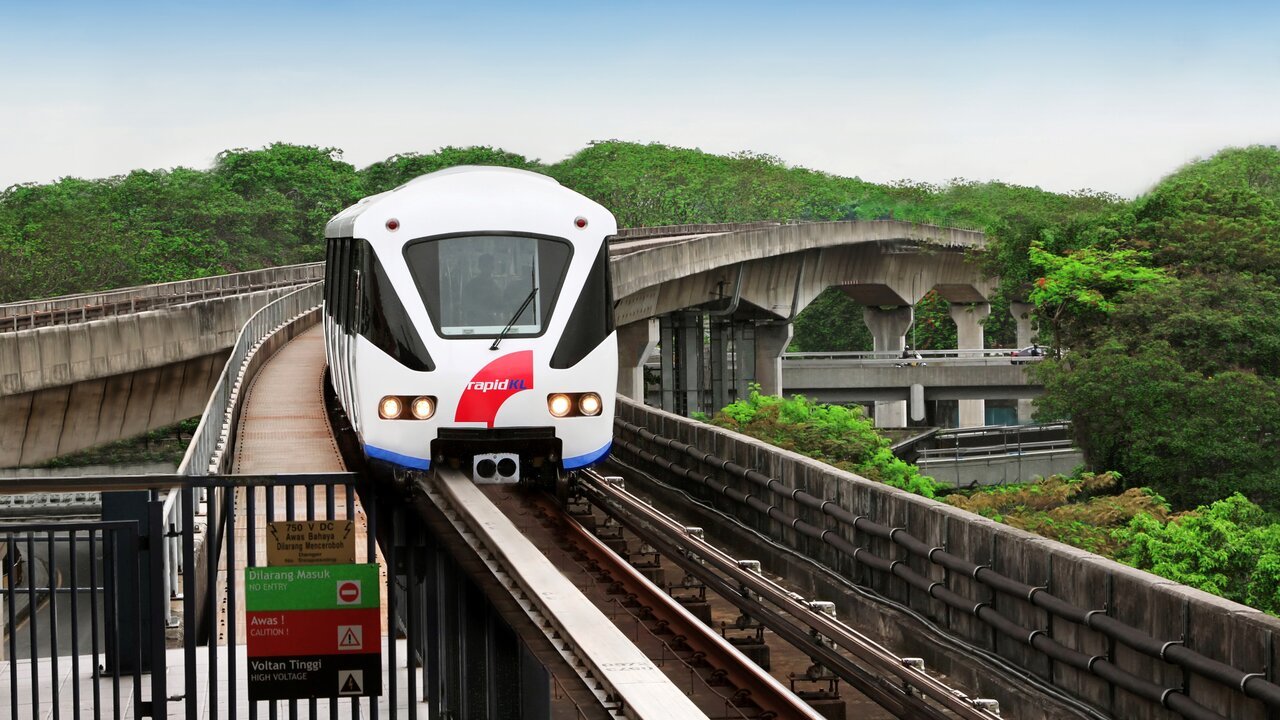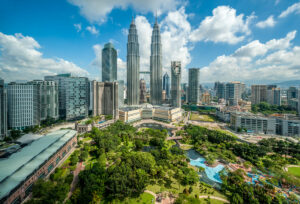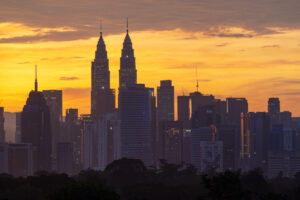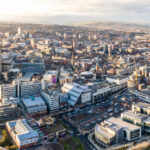As Malaysian cities prosper and grow, Transit Oriented Development (TOD) has become a stepping stone in optimising land use.
This town planning strategy addresses numerous challenges our country is currently afflicted with, mainly urban transport issues.
For those unfamiliar with the TOD project, we’re here to walk you through the fundamentals and why it’s essential for the continuous growth of our cities’ economic and social sustainability.
What is a Transit Oriented Development (TOD)?
Transit Oriented Development is a universal land-use solution that encourages mixed-use developments around public transit systems. Specifically, clustering housing, jobs, schools, commercial spaces, health services, and amenities within close distance of a transit station.
TOD placemaking elements focus on designing compact developments to create quality pedestrian-centric environments by increasing accessibility. For clarification, placemaking is a multi-faceted approach to planning, designing, and managing new or existing public spaces.
Placemaking principles are critical ingredients of urban regeneration. In other words, they work towards enhancing the ‘soul’ of a place.
Developers are beginning to tailor new launches towards TOD because it serves as an effective model to deliver affordable housing. By minimising the normative dependence on private cars, TOD lowers overall household transportation costs.
As a result, it frees up options for middle- and low-income households looking to live and work near the city centre, especially newlyweds and first-time home buyers.
Moreover, housing developers can bolster and capitalise on property values with the appeal of rail infrastructure. To say that attracting more public interest could spawn market growth would be an understatement.
Many TOD hubs centring around the LRT and MRT have blossomed across the Klang Valley — Pandan Indah, Titiwangsa, Kinrara, Bandar Puteri, Cempaka, PJ Sentral — to name a few. As the first TOD project to make waves, KL Sentral also deserves an honorary mention.
The Success Story of KL Sentral
Kuala Lumpur Sentral was designed around Malaysia’s most extensive transit system. The exclusive urban hub comprises beautiful residences, hotels, office blocks, shopping complexes, and exhibition and entertainment outlets.
Helmed by the late Dr Kisho Kurokawa alongside a renowned local enterprise, KL Sentral has spurred various TOD projects. Now, more developers are directing their attention to the new Subang Jaya LRT station for future sites.

Benefits of a Transit Oriented Development (TOD)
Transit Oriented Development (TOD) is vital for urban growth. Notably, it tackles issues such as urban degradation, urban sprawl, community liveability, ecological footprint, and of course, urban transport issues.
Investing in transit facilities also generates various benefits, including:
- Accommodation for Future Growth
- TOD neighbourhoods consist of high density, compact residential developments that accommodate substantial households.
- New Land-Use Activities
- Building a mixed development encourages mixed-use activities like housing, employment, recreation, education, entertainment, and other amenities. Consequently, it unveils opportunities to support local businesses and cultivate a vibrant place to live and work.
- Increase in Public Transport Ridership
- When a TOD project is situated near a transit station, it maximises public transport ridership. Reducing private car dependence then leads to decreased motor traffic volume and, potentially, road fatality.
- Establishing a Safe & Comfortable Circulation Network
- Residents can expect a well-connected network of public transport systems, including pedestrian and cycle paths. This level of comfort and safety encourages walking, which brings us to our next point.
Read More: The Benefits of Planning for Walkable Cities in Malaysia
- Building Low Carbon Cities
- People are more comfortable walking, leading to lower greenhouse gas emissions, lesser air pollution and energy use. Thus, creating a more sustainable land-use pattern and urban structure.
Read More: From Carbon to Clean: Malaysia’s Journey to Low Carbon Cities
In Summation
As the MIDF stipulates, a TOD rule of thumb places urban centres within a 400m radius (or a five-minute walk) of a rail transit station.
TOD is increasingly gaining popularity for its promising philosophy, which promotes environmentally sustainable development, greater mobility, and higher real estate values. All in all, the land-use solution brings immense economic opportunities, thereby improving access to jobs and affordable residences.
Of course, proper planning and design is a prerequisite to a successful TOD. Equipped with extensive industry experience, PEQ Consult provides one-stop town planning consulting services for precisely that.
Feel free to learn more about our town planning and project development services to ensure continued triumph in urbanisation.













